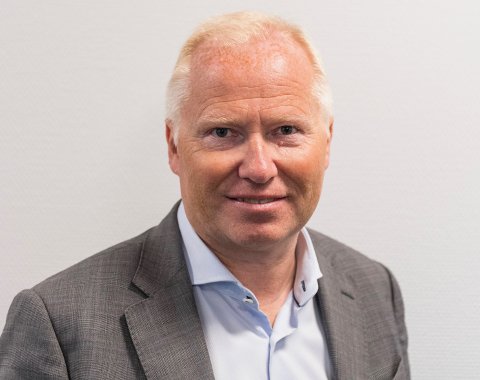BREAKING – Cermaq and AKVA sign NOK 700m post-smolt plant deal

Cermaq Norway has entered into a contract with the aquaculture equipment company AKVA to build a NOK 700m (£51m) post-smolt plant on the island of Sørøya in the Finnmark region.
It is thought to be the largest such RAS contract of its kind in the country so far, with design and engineering work starting immediately.
The contract announcement was posted on the Oslo Stock Exchange this morning.
Knut Nesse, CEO of AKVA told the Oslo Stock Exchange today: “This contract with Cermaq Norway represents for AKVA the largest contract in Norway ever, and will support the activity level in our Land Based business for the next few years”.
The suggestion is that the project might have been even larger had it not been for the new ground rent tax (or “salmon tax”) just approved by Norway’s parliament.
Knut Ellekjær, CEO of Cermaq Norway said the facility will be ready in 2026 and will be specially designed with fish health in mind and produce around 12 million male smolts annually.
He added: “It will secure current jobs and business in Nordland and Finnmark, but will not take future growth into account due to uncertain framework conditions.
“After the proposal for ground rent tax was put forward last autumn, the planned, land-based smolt plant in Hasvik municipality was put on hold due to great uncertainty.”
Referring to the salmon tax, he commented: “The uncertainty surrounding the effect of the chosen tax model and tax level will affect the level of investment, particularly related to growth.
“The supply of smolt for existing production is, however, a significant bottleneck for current operations. When the land plant is completed, we will be able to cover today’s need for smolt, but this does not take into account any increase in production.”
Cermaq said the planned facility in Hasvik on Sørøya will produce so-called post-smolt. This means that the fish is larger when released in the sea, more hardy and needs less time in the sea before it reaches slaughter weight.
Snorre Jonassen, Project Manager for the new plant explained: “Larger hatchery fish is good for both fish health and fish welfare because it becomes significantly more resistant. In addition, it will manage with one winter in the sea instead of two. This means fewer de-wormings and less stress, which will be very positive for fish health.”
Cermaq said it plans to adopt technology that increases biosecurity and fish welfare and thus significantly reduces the risk of disease. On the environmental side, the plant will be the company’s most energy-efficient in operation, the company pledged.

AKVA CEO Knut Nesse

